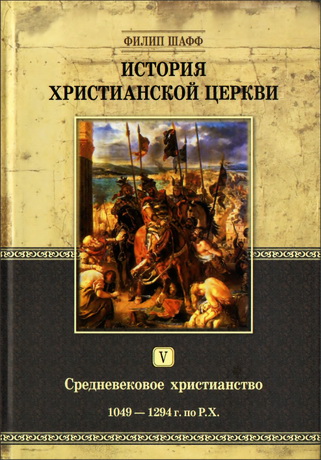
Marshall – New Testament Theology
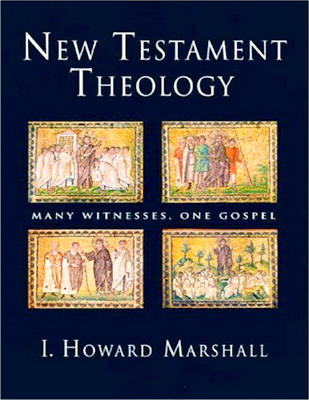
Before we can discuss how to write the theology of the New Testament, we need to say something about the legitimacy and possibility of the enterprise.
The New Testament as an Object of Study
The most vocal contemporary critic of the enterprise is Heikki Räisänen, who makes four points to show why it must not and cannot be done.
First, Räisänen claims that the historical and the theological must be kept separate. He argues that it is not the job of New Testament scholars as New Testament scholars to deal with theology; rather their sphere is history. The New Testament scholar can write a purely descriptive account of the early church, but nothing more. To write theology is to be prescriptive, and the New Testament scholar as such has no authority to prescribe anything to anybody.
Second, Räisänen also argues that the nature of the material confines us to writing a history of the religion of the early Christians. Here he is going back to the limited agenda set up a century ago by William Wrede.
Third, a study confined to the New Testament documents is said to rest on an artificial limitation; it is determined by a canonization process that represents a later theological decision and has no basis in the early history of the church.
Fourth, there is so much contradiction between the documents that a theology of the New Testament in the sense of a unified theological outlook common to the documents cannot be extracted from them.
Räisänen’s arguments have been subjected to detailed and largely convincing criticism by Peter Balla.2 Balla responds to his first point by arguing that there is no good reason why the theology of the first Christians cannot be the object of historical study, and that such historical study can be pursued without starting from a churchly standpoint or concluding with a statement of what the church ought to believe. The first of these two rejoinders is sound, but more needs to be said about the second one later.
Perhaps the simplest and most convincing response to Räisänen’s second point is to note that no fewer than ten major presentations by highly competent New Testament scholars of widely differing theological persuasions have appeared in the last few years.3 It is hard to believe that they were all united in doing something that is fundamentally illegitimate, and the existence of their works demonstrates that the enterprise is possible!
I. Howard Marshall – New Testament Theology – Many Witnesses, One Gospel
Downers Grove: InterVarsity Press, 2004. – 862 p.
USA ISBN 0-8308-2795-1
UK ISBN 1-84474-047-1
I. Howard Marshall – New Testament Theology – Contents
Preface
General Bibliography
Abbreviations
PART 1: INTRODUCTION
- 1 How Do We Do New Testament Theology?
PART 2: JESUS, THE SYNOPTIC GOSPELS AND ACTS
- 2 The Gospels and New Testament Theology
- 3 The Gospel of Mark
- 4 The Gospel of Matthew
- 5 Luke-Acts: The Former Treatise
- 6 Luke-Acts: The Sequel
- 7 The Theology of the Synoptic Gospels and Acts
PART 3: THE PAULINE LETTERS
- 8 The Letter to the Galatians
- 9 The Letters to the Thessalonians
- 10 The First Letter to the Corinthians
- 11 The Second Letter to the Corinthians
- 12 The Letter to the Romans
- 13 The Letter to the Philippians
- 14 The Letter to Philemon.
- 15 The Letter to the Colossians
- 16 The Letter to the Ephesians
- 17 The Pastoral Epistles
- 18 The Theology of the Pauline Letters
- 19 Paul, the Synoptic Gospels and Acts
PART 4: THE JOHANNINE LITERATURE
- 20 The Gospel of John
- 21 The Letters of John
- 22 The Revelation of John
- 23 The Gospel, Letters and Revelation of John
- 24 John, the Synoptic Gospels and Acts, and Paul
PART 5: HEBREWS, JAMES, 1–2 PETER, AND JUDE
- 25 The Letter to the Hebrews
- 26 The Letter of James
- 27 The First Letter of Peter
- 28 The Letter of Jude
- 29 The Second Letter of Peter
- 30 Hebrews, James, 1–2 Peter and Jude in the New Testament
PART 6: CONCLUSION
- 31 Diversity and Unity in the New Testament.
Author Index
Subject Index
Scripture Index
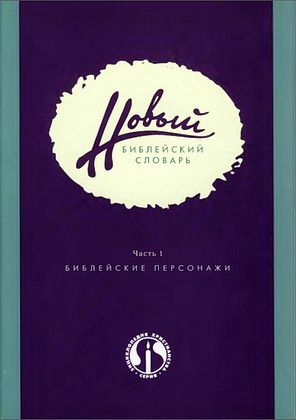
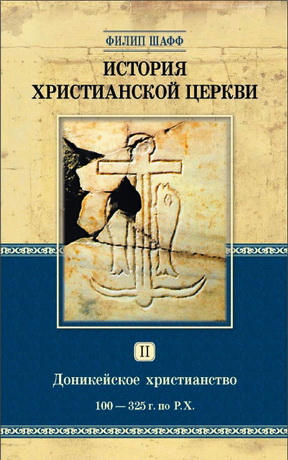
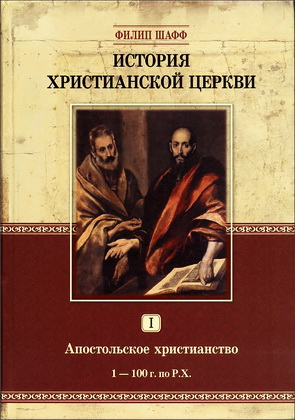
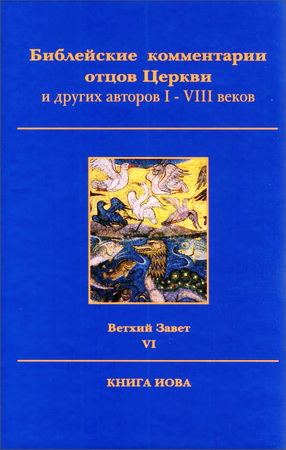
Комментарии
Пока нет комментариев. Будьте первым!